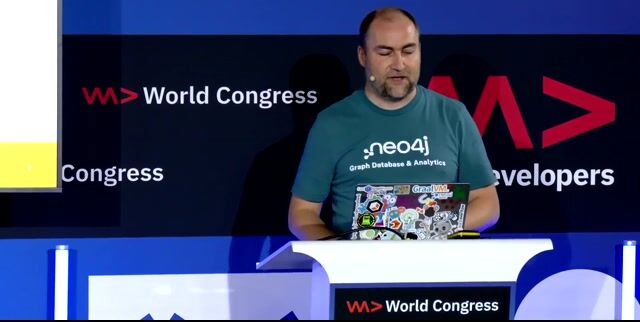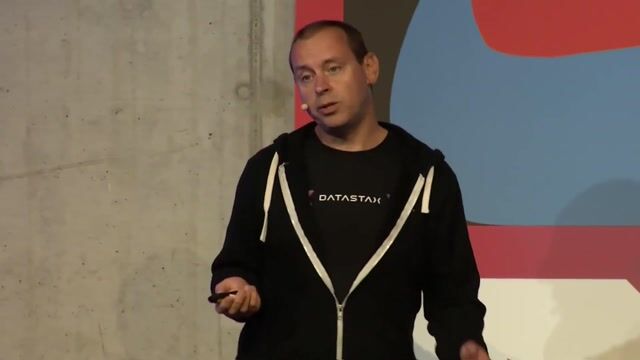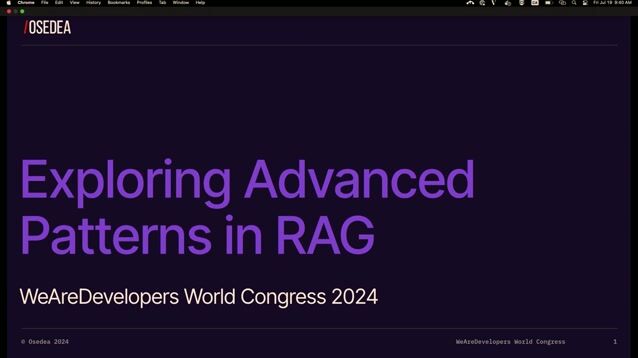Julián Duque
Building AI Applications with LangChain and Node.js
#1about 4 minutes
Defining modern AI applications and core concepts
An overview of what constitutes a generative AI application and a review of fundamental concepts like LLMs, inference, context windows, and model evaluation.
#2about 2 minutes
Exploring common AI application patterns
A breakdown of the four primary architectural patterns for AI applications: chat, retrieval-augmented generation (RAG), single-agent, and multi-agent systems.
#3about 2 minutes
Understanding the modern LLM application stack
A look at the key components of the LLM stack, including the agent runtime, inter-agent communication, data retrieval with vector databases, and LLMops.
#4about 1 minute
Introducing key protocols for agent communication
An explanation of the Model Context Protocol (MCP) for extending agent context and the Agent-to-Agent (A2A) protocol for enabling communication between different agents.
#5about 3 minutes
How to choose the right tools for your AI application
Guidance on selecting the appropriate tools for your project, including programming language, LLM provider, and vector database, with a focus on Node.js and PostgreSQL.
#6about 2 minutes
Getting started with LangChain for Node.js
An introduction to the LangChain.js ecosystem, covering its core packages, community integrations, and the powerful LangChain Expression Language (LCEL) for composing chains.
#7about 2 minutes
Building complex agents with LangGraph
Learn when to use LangGraph instead of standard LangChain for building complex, stateful multi-agent systems with branching logic and retry mechanisms.
#8about 5 minutes
Composing a basic chain with the expression language
A practical example of how to use the LangChain Expression Language (LCEL) to pipe together a prompt template, an LLM, and an output parser in a few lines of code.
#9about 4 minutes
Live code demo of various AI application patterns
A walkthrough of runnable code examples demonstrating structured output, chat with memory, retrieval-augmented generation (RAG), and a multi-agent supervisor architecture.
#10about 1 minute
Using LangSmith for observability and debugging
An overview of how LangSmith provides essential observability, allowing you to trace, debug, and evaluate the performance of complex agent and chain executions.
Related jobs
Jobs that call for the skills explored in this talk.
Featured Partners
Related Videos
 31:59
31:59Langchain4J - An Introduction for Impatient Developers
Juarez Junior
 30:38
30:38AI Agents Graph: Your following tool in your Java AI journey
Alex Soto
 26:47
26:47The State of GenAI & Machine Learning in 2025
Alejandro Saucedo
 29:11
29:11Large Language Models ❤️ Knowledge Graphs
Michael Hunger
 28:57
28:57Accelerating GenAI Development: Harnessing Astra DB Vector Store and Langflow for LLM-Powered Apps
Dieter Flick & Michel de Ru
 29:18
29:18Create AI-Infused Java Apps with LangChain4j
Daniel Oh & Kevin Dubois
 32:02
32:02Infusing Generative AI in your Java Apps with LangChain4j
Kevin Dubois
 21:17
21:17Carl Lapierre - Exploring Advanced Patterns in Retrieval-Augmented Generation
Carl Lapierre
From learning to earning
Jobs that call for the skills explored in this talk.


Senior Backend Engineer – AI Integration (m/w/x)
chatlyn GmbH
Vienna, Austria
Senior
JavaScript
AI-assisted coding tools
Agentic AI Architect - Python, LLMs & NLP
FRG Technology Consulting
Intermediate
Azure
Python
Machine Learning
NodeJS Software Engineer - Conversational AI
MANGO
Palau-solità i Plegamans, Spain
API
Azure
Redis
Node.js
Salesforce
+6
Full-Stack Engineer - AI Agentic Systems
autonomous-teaming
Potsdam, Germany
Remote
Linux
Redis
React
Python
+7
AI/ML Team Lead - Generative AI (LLMs, AWS)
Provectus
Canton de Saint-Mihiel, France
Remote
€96K
Senior
Python
PyTorch
TensorFlow
+4
AI/ML Team Lead - Generative AI (LLMs, AWS)
Provectus
Canton de Saint-Mihiel, France
Remote
€96K
Senior
Python
PyTorch
TensorFlow
+4


